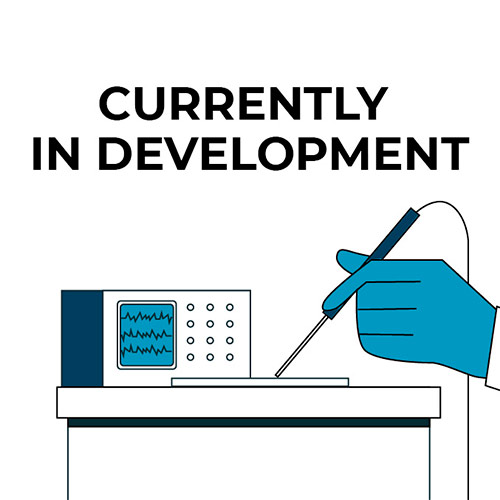K1921VG5U
Productions / New products and current developments / K1921VG5U

K1921VG5U
A general-purpose 32-bit RISC-V microcontroller designed for use in compact portable systems. Contains 64 KB of non-volatile memory, a set of universal and specialized blocks and interfaces.
The product will be available for purchase in the first quarter of 2026.
Application area: The MCU can be applied in measuring, communication, surveillance, security systems, in industrial automation, medicine, energy and industry devices including electric drives, as well as in various control systems.
Composition and features:
-a general-purpose 32-bit RISC-V processor core based on architecture of Russian design (32-bit, 32 registers, with built-in multiplier, floating point unit, debugger);
– 16-channel general purpose DMA controller;
– 16 KByte SRAM data memory;
– 64 KB program flash memory with interrupt call upon completion of recording/deleting operations
– four 32-bit multifunction timers:
- individual period registers,
- the ability to clock the timer from the controller pin,
- separate divider for each timer,
- the ability to start a timer on the overflow event of another timer,
- selectable counting direction (up and down),
- interruption on timer overflow event;
- the ability to generate PWM signal by each timer with individual settings
- the ability to capture the timer value by external and internal events
– battery-powered RTC real-time clock with clocking from an external 32.768 kHz generator, generation control and automatic transition to the internal generator in case of failures, with support of the following modes:
- connection of an external resonator (or generator) 32.768 kHz,
- SLEEP mode operation;
– Three dual-channel PWM modules with the following features:
- independent registers of signal period and comparison thresholds
- the ability to delay output signal generation by a configurable number of clock cycles,
- channel inversion,
- input clock frequency dividing,
- timer synchronization by events and between each other,
- software channel control,
- external alarm inputs with configurable response,
- interrupts on period, zero and comparison threshold events,
–three capture/comparison modules;
– pulse quadrature decoder used to process rotor position sensor signals in high-performance systems to determine position, direction and speed of rotation;
– two UART ports;
– SPI ports with the following features:
- SSI, Motorola, Microwire protocols,
- polarity and phase adjustment,
- minimum 2 alternative output options for each block
- software control of the exchange rate,
- programmable information frame duration from 4 to 16 bits,
- frequency up to 60 MHz in master mode and up to 10 MHz in slave mode;
– I2C interface controller;
– Four-channel 12-bit ADC with the following features:
- 1 MSPS maximum conversion speed ,
- operation under control of two sequencers, each allowing to independently launch measurements on the required ADC channels and generate an interrupt,
- conversion start on the external clock signal (timer, port, PWM),
- single and cyclic restart operating modes, with the possibility to average results
- 4 independent digital comparators that track and compare measurement results with threshold values to generate interrupts and control signals for other microcontroller blocks;
- separate measurement result FIFO buffer for each sequencer,
- 2 levels of channel priority;
–two CAN interface ports;
– input-output ports with the following features:
- 16-bit depth,
- individual settings for each pin,
- the ability to change the output pin state via an additional register (SET, CLEAR, TOGGLE, masked output)
- possibility to set interrupts on configurable input signal edges;
– QFN-48 package.

